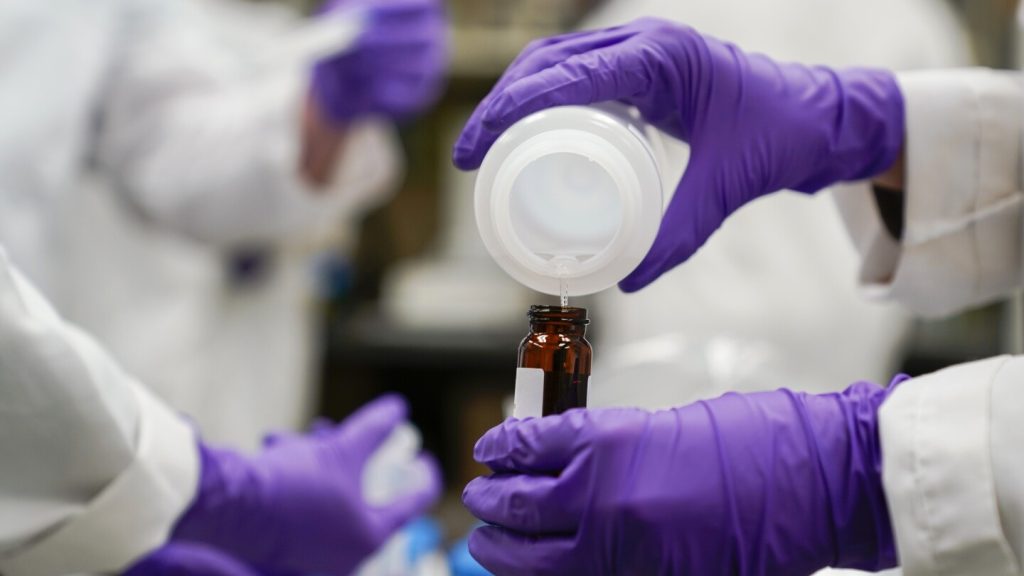The Biden administration has finalized strict limits on certain “forever chemicals” in drinking water, requiring utilities to lower them to the lowest level that can be reliably measured. This new rule aims to reduce exposure for 100 million people and prevent thousands of illnesses, including cancers. It is the first national drinking water limit on toxic PFAS chemicals, which are persistent in the environment. Health advocates have praised the Environmental Protection Agency for not backing down from the tough limits proposed last year, but water utilities are concerned about the cost of installing treatment systems and the potential increase in water bills for customers.
PFAS chemicals are harmful because they do not break down in the environment and are linked to health issues such as low birth weight and kidney cancer. These chemicals have been used in everyday products like nonstick pans, firefighting foam, and waterproof clothing. Although some types have been phased out in the U.S., others are still in use, requiring water providers to remove contamination caused by various industries. The accumulation of PFAS in the environment over time poses a significant health risk to individuals, according to researchers.
The new rule sets strict limits on two common types of PFAS – PFOA and PFOS – at 4 parts per trillion and three other types at 10 parts per trillion. Water providers will have to conduct tests for these chemicals and inform the public when levels are too high. The EPA expects about 6-10% of water systems to exceed the new limits, and utilities will generally have three years for testing and two additional years to install treatment systems. While some funds are available to assist utilities, legal challenges and financial burdens are expected to arise as a result of the new rule.
Communities across the country are beginning to grapple with the impact of the new regulations on their drinking water. Some utilities have discovered high levels of PFAS in their water sources, leading to the need for costly treatment systems. The American Water Works Association supports the development of PFAS limits in drinking water but has raised concerns about the rule’s high cost and potential impact on customer water bills. Utilities are working to scale up efforts to reduce PFAS in larger communities, but challenges remain in the availability of experts and filtration materials.
Public alarm over PFAS contamination has grown in recent years, leading to heightened awareness and regulatory actions. EPA’s health guidance on PFAS has evolved as new research has emerged, emphasizing the need for stricter regulations to protect public health. Communities affected by PFAS contamination, such as the Oakdale incident in Minnesota, are pushing for stronger restrictions on these harmful chemicals. The Biden administration is aiming to prevent similar tragedies and ensure that communities have access to safe drinking water. The implementation of the new rule marks a significant step in addressing the threat of PFAS contamination and improving water quality nationwide.


